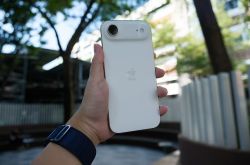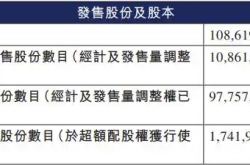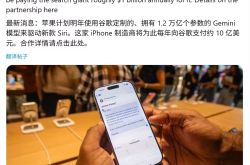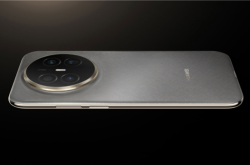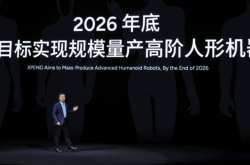Fighting to the Finish! Despite Sluggish Sales, iPhone Air Forges Ahead with Second Generation. Will It Stage a Comeback Next Year?
![]() 11/07 2025
11/07 2025
![]() 435
435
Remarkably, Apple persists with unwavering courage.
Followers of Xiaolei are undoubtedly aware that the first-generation iPhone Air failed to gain a foothold in the Chinese market. With a mere 50,000 units activated in its inaugural week, it ranks among the poorest-performing iPhone models in recent memory. Contrast this with the iPhone 17 standard version, which boasted over a million activations in its first week—the disparity is not merely double or triple but a staggering twentyfold.
Yet, despite supply chain order reductions exceeding 80%, Apple has unveiled its latest update. According to digital blogger @DigitalChatStation, the iPhone Air 2 is still slated for release next year, with production and launch timelines proceeding uninterrupted.
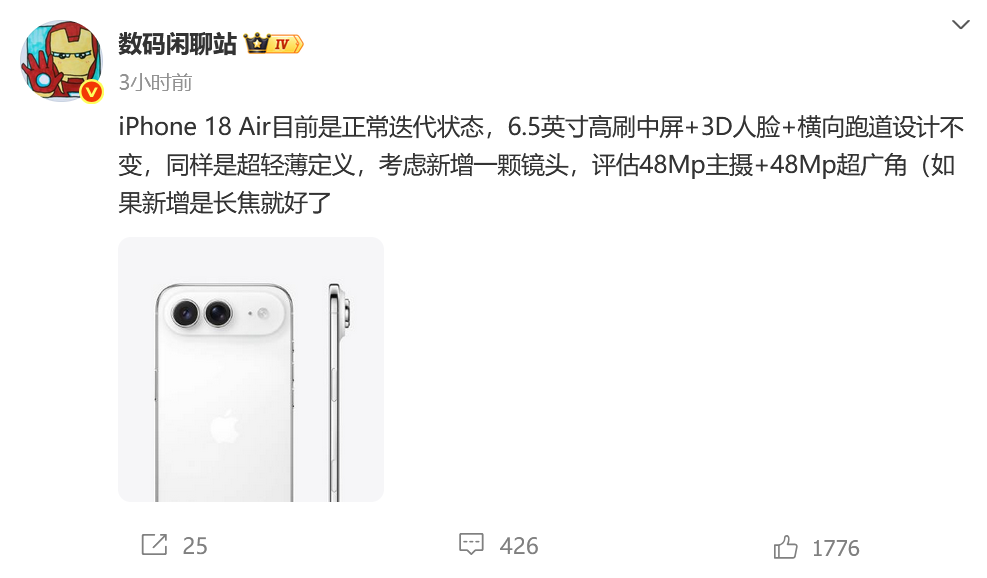
Image source: Weibo
Wow, with the first generation struggling to gain traction, is Apple pinning its hopes on the second generation to turn the tide?
Xiaolei believes that if Apple truly intends to rely on the second generation for a resurgence, then its pricing and specifications must exude sincerity. After all, the compromises made by the iPhone Air to achieve its ultra-slim and lightweight design directly struck at the pain points of Chinese consumers, causing sales targets to plummet. Not only did it forsake features like dual cameras, large batteries, and dual speakers, but it also fully embraced an eSIM design. Tell me, isn't this akin to dancing on a minefield? These are all critical flaws.
For everyday consumers like us, purchasing a new phone typically necessitates a case, rendering the advantage of thinness and lightness moot. Moreover, what everyone truly desires is a high-performance configuration.
Previously, Lu Weibing, President of Xiaomi Group, also weighed in on the Air phone, stating: "Achieving extreme thinness comes at the expense of user experience, including battery life, heat dissipation, performance, and camera quality."
Phones with reduced specifications do not fare well in the Chinese market. This is evident from the actual sales data, which can be succinctly summarized in three words: too niche.
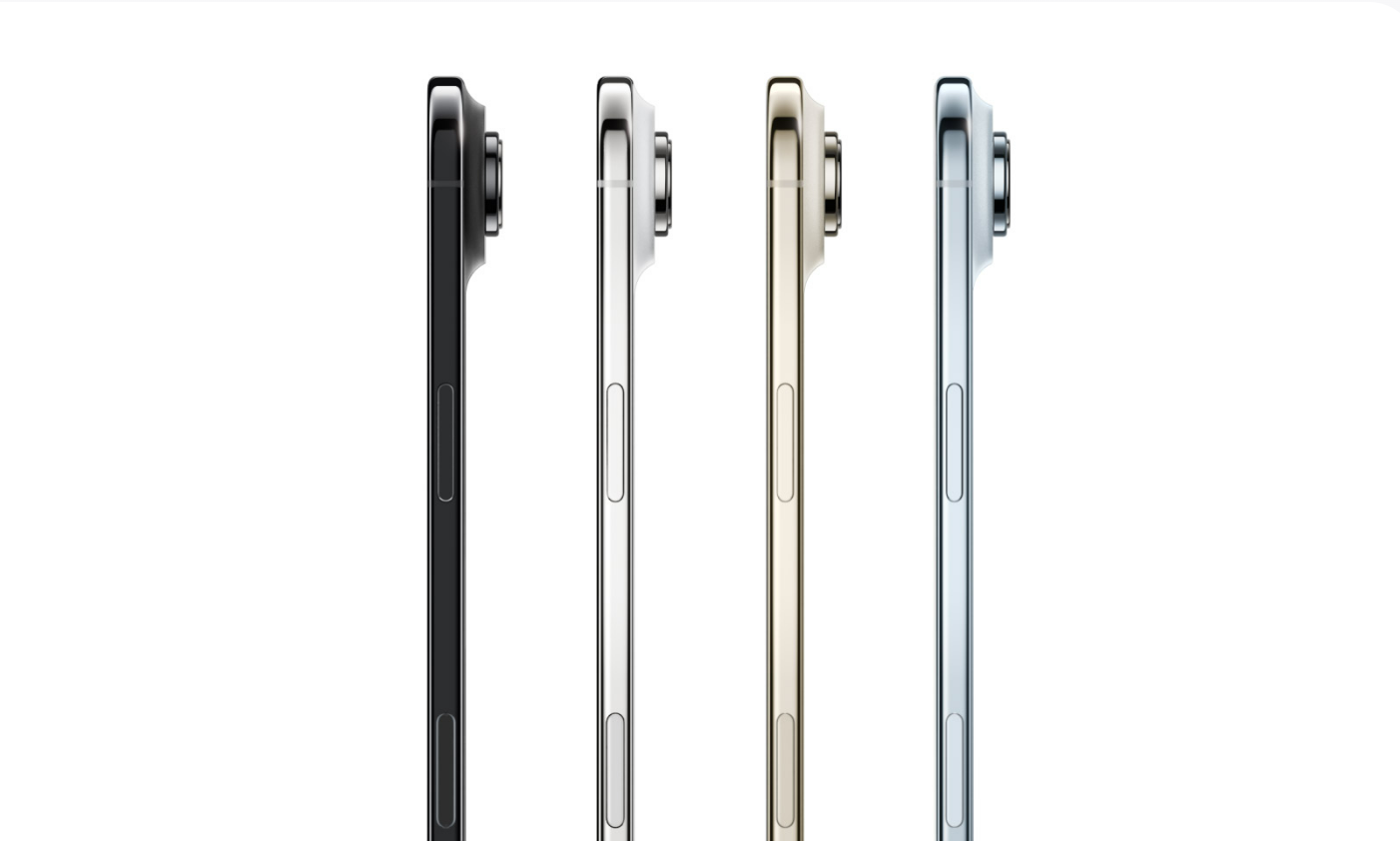
Image source: Apple official website
However, when considering Apple's long-term strategy, planning for the next generation makes sense. Firstly, the iPhone Air's positioning is unique, targeting the slim and lightweight flagship market. Compared to other offerings, its 5.6mm thickness does provide a competitive edge, appealing to users who prioritize portability and design aesthetics—after all, they are willing to invest. Although this demographic may not be vast, their loyalty is unwavering.
Speaking of thinness and lightness, Xiaolei recalls visiting a friend's house last week and spotting a Xiaomi power bank, specifically the wireless 5000mAh version I previously mentioned. It was so elusive that my friend ended up purchasing it from a scalper at an inflated price. The original cost was 299 yuan, but he paid over 400 yuan. Thus, there remains a significant market for this type of consumer.
Moreover, it is common for first-generation products to encounter setbacks. The iPhone Air sacrificed multiple features for its slim and lightweight design, and these shortcomings are glaringly apparent, especially to the R&D team. They likely aim to gather user feedback from the first generation and then implement targeted enhancements for the second generation, such as incorporating a secondary camera or improving battery life, which would further bolster its promotional appeal.
In fact, Apple has adopted this strategy of testing the waters before refining the product numerous times in the past, and each iteration has yielded favorable results.
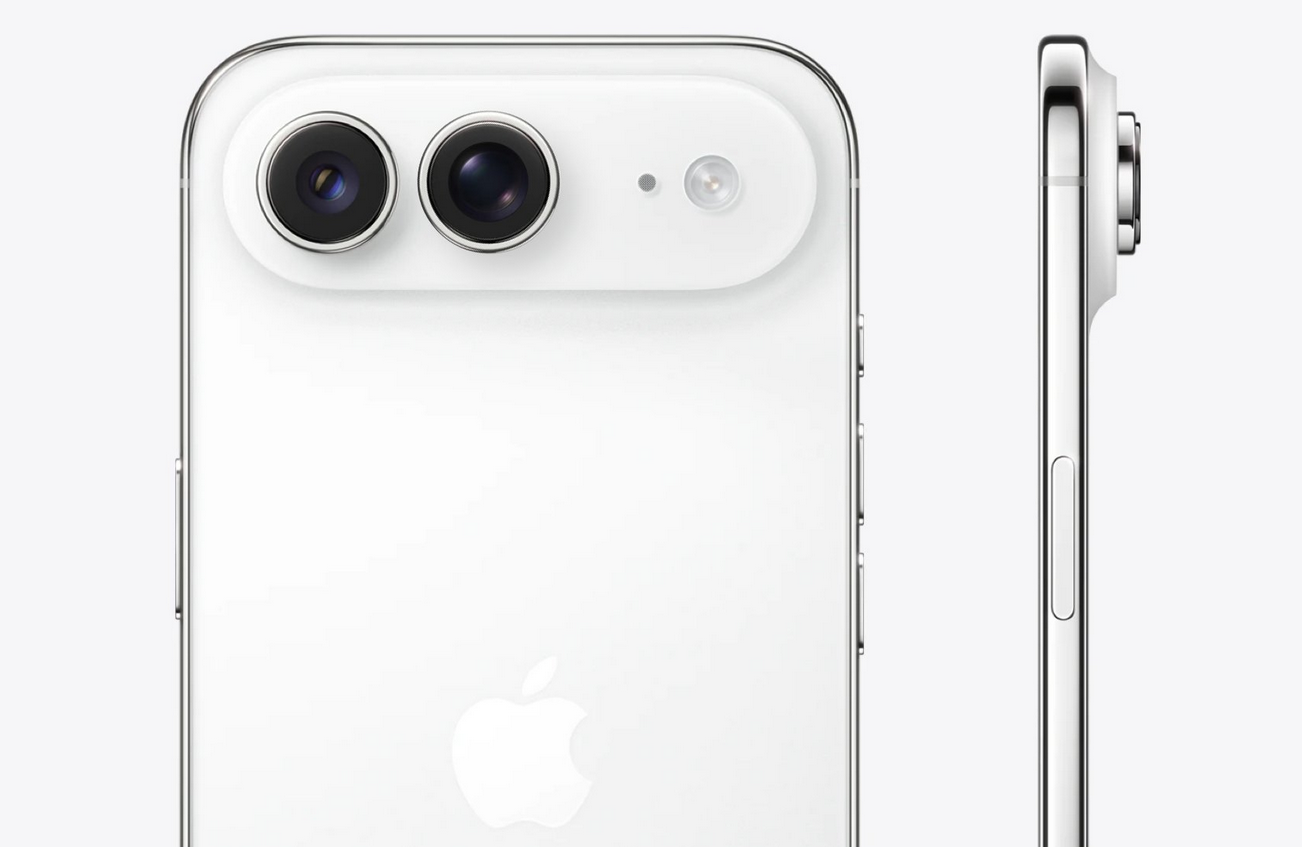
Image source: Weibo
However, the wisdom of pushing forward with a second generation despite the lukewarm reception of the first remains to be seen over time and will be tested by the market. If the iPhone Air 2 truly aims to stage a comeback, it must address the pain points of the first generation while preserving its slim and lightweight design. The pricing strategy is also pivotal; if the pricing remains unchanged with only minor configuration upgrades, it may face significant challenges. All Xiaolei can say is that the road ahead is arduous. Moreover, with domestic Air products also making strides, it remains to be seen who can garner user approval.
As for whether the iPhone Air 2 can make a comeback, we will have to await next year's developments. So, what are your thoughts? Can this series succeed? Feel free to share your opinions in the comments section~

